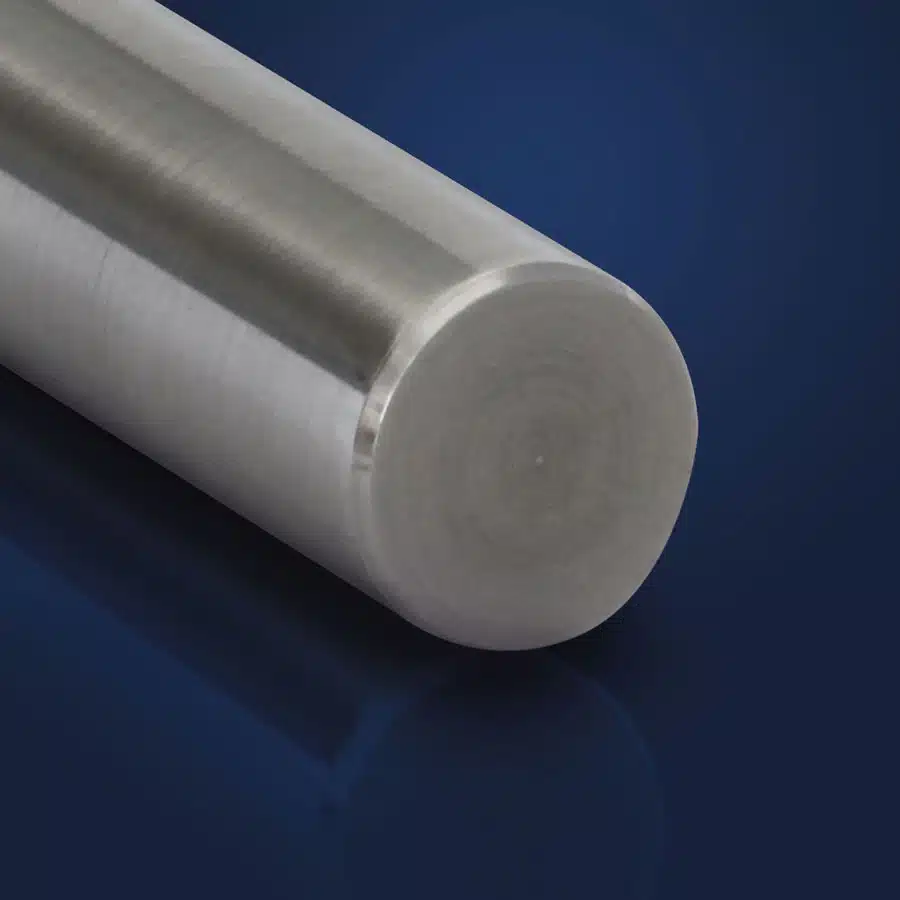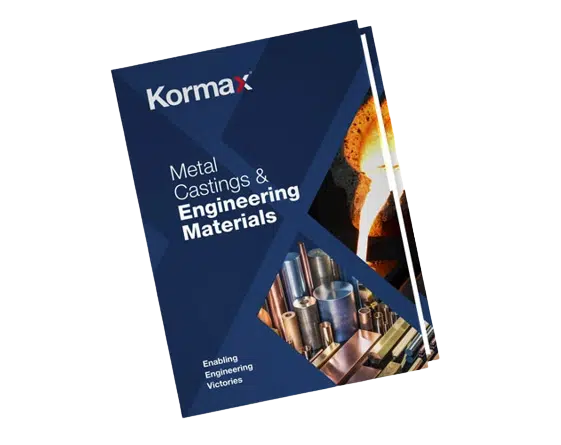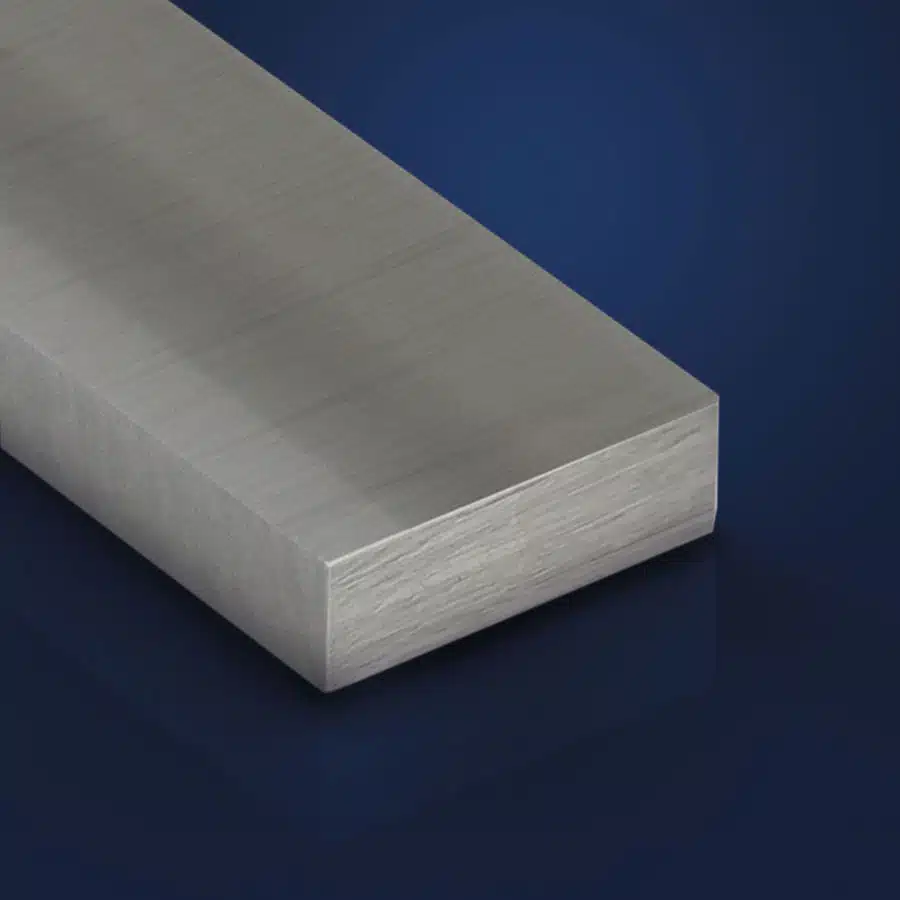For our full range of products and services, choose the relevant catalogue.
Overview
Common Applications
Key Features
Material Profile
Aluminium 7075-T6
Aluminium 7075-T6
Aluminium 7075-T6
Aluminium 7075-T6
Aluminium 7075-T6
Aluminium 7075-T6
Aluminium 7075-T6
Aluminium 7075-T6
Aluminium 7075-T6
Aluminium 7075-T6
Aluminium 7075-T6
Aluminium 7075-T6
Aluminium 7075-T6
Aluminium 7075-T6
Aluminium 7075-T6
Aluminium 7075-T6
Aluminium 7075-T6
Aluminium 7075-T6
Chemical Composition
| Element | Symbol | Range % |
| Aluminium | Al | Balance |
| Zinc | Zn | 5.1-6.1 |
| Magnesium | Mg | 2.1-2.9 |
| Copper | Cu | 1.2-2.0 |
| Chromium | Cr | 0.18-0.28 |
| Manganese | Mn | 0.3 max |
| Titanium | Ti | 0.2 max |
| Silicon | Si | 0.40 max |
| Iron | Fe | 0.50 max |
| Others | 0.15 max |
Mechanical Properties
| Metric Values | Imperial Values | |
| Tensile Strength Min | 570 N/mm² | 83000 psi |
| Yield Strength Min | 503 N/mm² | 73000 psi |
| Elongation Min | 7.9% | 7.9% |
| Hardness Min | 150 BHN | 150 BHN |
Comparative Specifications
Quality Management
Quality materials, delivered to standard.
Kormax is ISO certified for ISO 9001, ISO 14001, and ISO 45001.
All Kormax products come with batch certifications.
Why Choose Us
As a fourth-generation family-owned business, Kormax brings over 75 years of Foundry and Engineering Metals experience to your project.
Kormax operates in various sectors across the world, utilising our leading engineering, manufacturing, and global distribution capabilities to offer world-class solutions for engineers.
Expert Advice
Trusted advice on metal and profile selection for your application
Unique Range
Unique range of quality products, in industry specific profiles and sizes
Top-tier Foundries
Global top-tier supply network with the ability to source specific sizes and metals
Supply Security
Custom supply options and to enhance your supply continuity
Quality Management
ISO Certified for ISO 9001, ISO 14401 and ISO 45501 ensures quality systems are in place
Competitive Pricing
With a wide supplier network, Kormax can balancing quality and value






